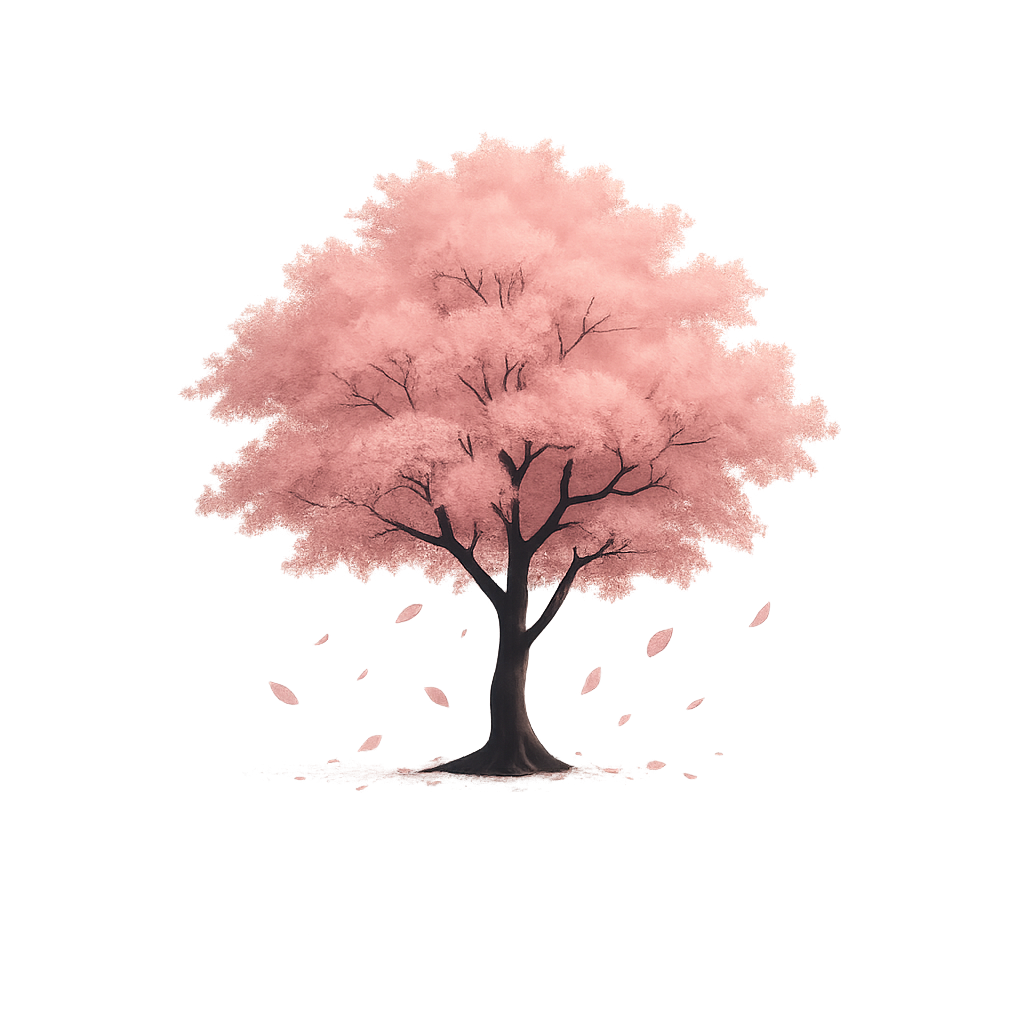
By Gabe Stone
Have you ever felt overwhelmed just by looking at the pile of clothes on a chair, the dishes stacked in the sink, or the desk that has become a graveyard for papers and lost pens? Your home should be your sanctuary, the place where you recharge your batteries, but lately, it feels more like a battlefield—a constant reminder of everything you haven’t done. This feeling of chaos, even if silent, has a real impact on your mind and well-being. It’s not just laziness; it’s your environment screaming for attention.
Clutter isn’t just a physical mess; it’s a stress trigger for your brain. Studies in environmental neuroscience show that disorganized environments can increase cortisol levels (the stress hormone), decrease the ability to focus, and even negatively affect your mood. [1]
Your brain is constantly processing visual information, and a chaotic environment demands more cognitive effort, leading to mental fatigue. It’s like having dozens of tabs open in your mental browser, all competing for resources.
Furthermore, disorder can create a sense of loss of control, generating anxiety and frustration. A lack of natural light? That’s an invitation to melancholy, affecting your circadian rhythm and, consequently, your sleep and energy levels. [2]
You don’t need a renovation; you need intention. The goal isn’t to have a magazine-perfect house, but a home that nourishes you, calms you, and helps you be more productive. Here are a few strategies to start detoxing your space and your mind.
The How-To: Start small. Choose one drawer, one shelf, or a small area that bothers you. Take everything out and evaluate each item: “Do I use this? Do I love this? Does this bring me joy or function?” If the answer is no, let it go. Donate, sell, or recycle it. The physical act of letting go is a powerful exercise in mental decluttering.
Why it Works: Fewer items mean fewer decisions to make, less to organize, and fewer visual stimuli competing for your attention. This frees up both physical and mental space, reducing cognitive overload. [3]
The How-To: Bring nature indoors. You don’t need an urban jungle; one or two strategically placed potted plants can make a world of difference. Choose low-maintenance species like Pothos, Snake Plants, or ZZ Plants.
What Science Says: The presence of indoor plants has been proven to reduce stress, improve mood, increase productivity, and even purify the air. This is biophilia in action—our innate connection to nature. [4]
The How-To: Create a “digital silence zone” in your home, especially in the bedroom. This means no cell phones, tablets, or TVs for at least 30-60 minutes before you go to sleep. Use this time to read a physical book, meditate, journal, or simply talk with a loved one.
Here’s the Key: The blue light from electronic screens disrupts the production of melatonin, the sleep hormone, and the constant stream of information keeps your brain on high alert. Disconnecting is essential for restorative sleep and mental health. [5]
Your home isn’t just a place; it’s an extension of you. And just as you care for your body and mind, your home deserves attention too. Small changes in your space can lead to significant transformations in your life. Start today to build the home that nourishes you, calms you, and inspires you to be your best self. Your home is a reflection of your mind. Why not tidy up?
Choose one small area (a drawer, a shelf) and let go of 5 items you no longer use or love.
Add one plant to your workspace or living room.
Turn off your phone 30 minutes before bed tonight and read a physical book instead.
A Note from Gabe Stone: This article is for informational and educational purposes only. The information contained herein does not substitute for diagnosis, consultation, or treatment by a qualified healthcare professional. Before making any significant changes to your environment or lifestyle that may affect your health, please seek professional guidance. Your health and your home deserve specialized care.
Sources:
[1] Princeton University Neuroscience Institute. (2011). A cluttered home is a cluttered mind. Available at: https://www.princeton.edu/news/2011/01/24/cluttered-home-cluttered-mind
[2] Figueiro, M. G., et al. (2017). The impact of daylight exposure on sleep and mood in office workers. Sleep Health, 3(4), 283-289. Available at: https://pubmed.ncbi.nlm.nih.gov/28716310/
[3] Becker, J. (2014). The More of Less: Finding the Life You Want Under Everything You Own. WaterBrook.
[4] Bringslimark, T., Hartig, T., & Patil, G. G. (2009). The psychological benefits of indoor plants: A critical review of the experimental literature. Journal of Environmental Psychology, 29(4), 422-433. Available at: https://pubmed.ncbi.nlm.nih.gov/20126428/
[5] Chellappa, S. L., et al. (2013). Human responses to light: The impact of spectral composition on circadian rhythms and sleep. Progress in Brain Research, 206, 269-289. Available at: https://pubmed.ncbi.nlm.nih.gov/24012399/